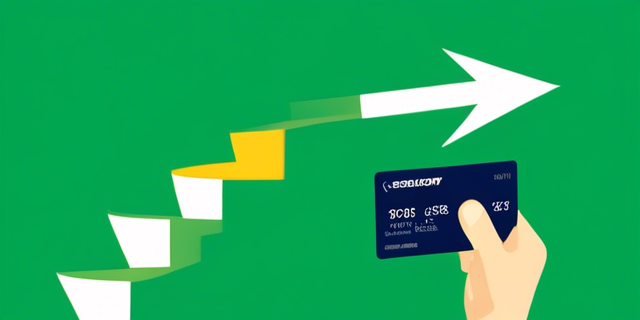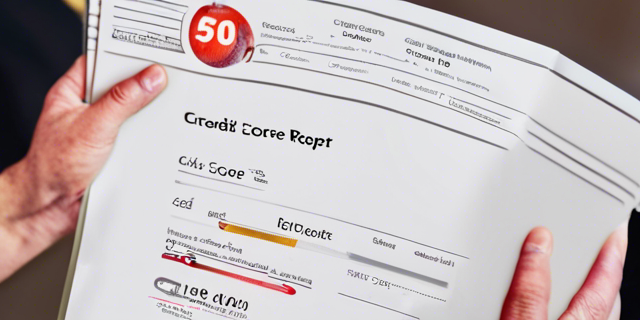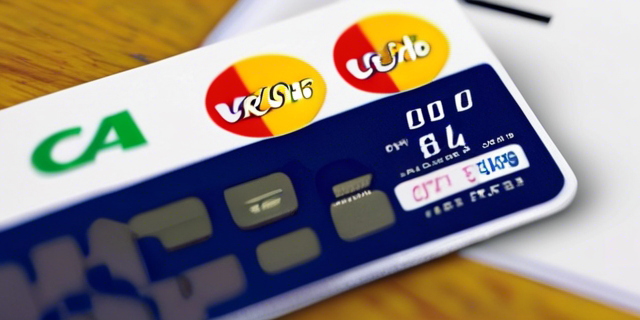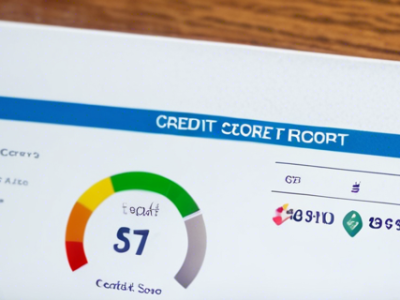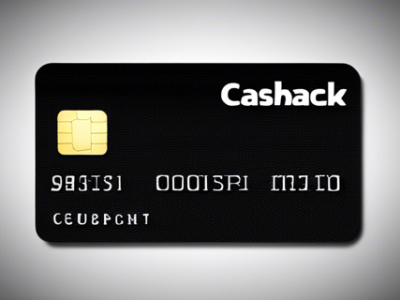How to Increase Your Credit Score from 500 to 700

credit score
Bringing up a terrible credit score from the 500s to over 700 takes concentrated effort across multiple improvement areas simultaneously over 6 to 24 months. But with diligent financial rehabilitation – especially addressing root causes behind original score drops – sizable rating gains become obtainable through smart personalized strategies and appropriately prioritizing each area keeping scores down today.
While raising a 500 score over 200 points sounds daunting, having a step-by-step framework with realistic timelines provides the motivation and clarity needed to achieve sizable rating bumps unlocking huge rewards like loan approval odds and ideal interest rates for years ahead thanks to realizing far healthier credit profiles.
Why Raising Credit Scores Matter
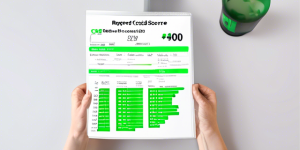
credit score
Higher scores unlock better approval odds and cheapest interest rates for credit cards, auto loans, mortgages, and insurance products. Some specifics include:
600 to 650 Scores
- Most credit card and installment loan approvals
- Considered fair/average credit risks
- Card interest rates still exeed 20%+
700+ Scores
- Prime credit card interest rates under 13%
- Easier mortgage and low rate auto approvals
- Demonstrates financial responsibility
- Unlocks very best lending terms over decades
So use major score goals like cracking 700 then 750 as monumental milestones for celebrating because such ratings signal responsibly achieving lifetime money management habits that save thousands in interest costs and enhanced lifestyle comforts from ease accessing affordable credit or financing exactly when desired.
Initial Score Diagnostic Steps
Accurately assessing what factors currently suppress credit scores the most today allows creating effective improvement strategies targeting the biggest problem areas first while concurrently addressing all other facets in a systematic fashion over 6 to 24 months until surpassing score goals set.
Order Full Credit Reports
Secure complete reports from annualcreditreport.com outlining tradelines, debts owed, payments histories, inquiries, collection items and related scoring factors. Identify inaccuracies needing dispute.
Understand 96% of top lenders rely on FICO models over VantageScore.
List All Negative Items
Note every late payment, default, balance owed, with creditor names, amounts, and timeframes. Recent issues drive scores down faster than older items. Segment issues by severity.
Analyze Credit Factors Impacting Scores
FICO scoring breaks down like this:
- Payment History = 35% – Most critical!
- Debt Burden = 30%
- Credit History Length = 15%
- Credit Mix = 10%
- Inquiries + Opening New Credit = 10%
So examine report through this lens to pinpoint suppressing elements carrying the most scoring weight today.
Identify Root Causes Behind Credit Score Drops
Beyond just labeling symptoms like late pays or defaults tied to certain accounts, carefully reflect on root circumstances creating struggles maintaining financial responsibilities.
- Health problems?
- Job loss or instability?
- Family/relationship issues?
- Poor budgeting skills?
- Lack financial knowledge?
Identifying such root causations helps address not just clearing past damaging symptoms but skills/behavior shaping for sustainable money management going forward to prevent reoccurrences.
Key Areas To Start Improving Scores
With detailed diagnostics complete examining full credit histories and the most impactful suppression factors identified from weighting FICO scoring models, next focus improvement efforts simultaneously across these key areas initially while concurrently chipping away at all other facets in systematic fashion:
1. Catch Up On Delinquent Payments
Recent missed or late pays hurt scores the most. Phone credit issuers establishing affordable repayment plans first. Partial payments help too. Automate everything going forward.
Prioritize any debts in danger of charge offs or already sold to collections for payment plans as well to contain damage. The sooner the better.
2. Pay Down Revolving Account Balances
Owed amounts raising credit utilization percentages hurts a lot too. Pay down cards lowering utilization, especially those exceeding 30% balances owed. Highest cards first.
Consider debt consolidation loans or balance transfers to simplify managing just a single affordable payment if existing credit allows.
3. Dispute Incorrect Information
Errors like closed accounts listed open, wrong balances, etc absolutely need fixing immediately via formal dispute letters to credit bureaus. Provide proof of inaccuracies.
Even minor tweaks quickly improve scores until removals finish. Don’t delay disputes especially on serious errors.
4. Limit New Credit Applications
Each application triggers harder inquiries. Avoid new financing until scores improve significantly. Consider adding just an authorized user card periodically to help build positive history.
Too many new accounts appearing in shards hurts until established history lengths season helping buffer newer tradelines. Give 12 months between new apps.
Intermediate Score Building Tactics
Once the previous initial priority steps secure footing addressing the most heavily weighted negative scoring factors suppressing ratings down into 500 ranges, leverage additional intermediate boosting strategies over the next 9 months:
Continually Pay All Bills Early
Building long proven payment responsibility history gives major boosts over time. Set calendar payment reminders for at least 7 to 10 days before actual due dates on all bills.
Never miss installment or revolving payments again – setup autopay whenever possible. If struggling financially, phone credit issuers immediately seeking relief options or hardship programs before missing.
Further Lower Revolving Account Balances
As newly achieved payment consistency helps some, continue deploying extra monthly cash towards reducing existing revolving account balances to under 25% utilization for even quicker points gains.
Request Goodwill Deletions
Formally contact credit issuers associated with any past late payments or other credit missteps requesting account notations get removed given ongoing good standing payments. Highlight longevity.
Further Dispute Any Lingering Inaccuracies
If additional credit history flaws emerge on updated report versions months later, continue rigorously disputing inaccuracies providing validation to bureaus. Points gain fast with fixes.
Only Open New Credit Strategically
Consider periodic requests seeking higher limits on positive existing revolving accounts over pursuing new credit until scores hit very good 600+ levels. Higher limits quickly lower utilization for bigger pops. New accounts may drop scores initially before helping longer term so exercise patience vetting offers.
Cultivate Credit Mix Diversity
FICO scoring models reward varied credit mix like auto loans, mortgages, student loans etc – not just revolving cards. Over 12 to 24 month period strategically blending installment/revolving tradelines improves score diversity for maximum gains.
Advanced Boosting Tactics
With the first 12 months of concentrated financial rehabilitation completed – securing payment histories and lowering utilization ratios – providing strong foundations lifting scores already significantly from 500s into mid-600s, deploy additional advanced tactics cementing excellent practices to keep scoring climbing farther like:
Request Removal Of Hard Inquiries
Since hard credit checks when applying for new accounts stays on reports negatively impacting scores up to 24 months, formally contact lenders associated with approved applications over 12 months old seeking immediate removal given present good standing. This quickly lifts scores higher removing these inquiry dings.
Close Unused Older Cards
Keep positive low utilization accounts open but judiciously close retiring unused cards several years old. The shorter overall credit history length helps offset risks of closing accounts you no longer want/need. Just be sure to pay all cards off completely before closure.
Open New Strategic Accounts
Periodically open new prime credit card in good standing rewarding responsible usage with higher limits, shelf for future score lift options when older accounts eventually close. However, minimize new apps to less than 6 hard inquiries per year.
Explore Credit Monitoring
Signing up for comprehensive credit monitoring gives alerts on report changes, tools disputing errors, plus customized guidance improving scores. Consider sites like freecreditscore.com or myFICO.com for advanced tutorial options lifting scores.
Maintaining Newly Achieved 700+ Scores
With diligent and strategic efforts applied daily across all the above facets over 12 to 24 months, credit turnarounds from 500s to over 700 absolutely happen! After hitting new score peaks finally, be sure embracing lifestyle habits that maintain ratings through:
- Paying bills on time always
- Keeping utilization below 25% monthly
- Further diversifying credit mix long-term
- Only pursuing new credit selectively
- Monitoring scores monthly without obsessing
- Disputing inaccuracies quickly always
Staying focused on such sound personal finance foundations locks in superb credit health for decades supporting family and retirement dreams all while enjoying ultimate approval odds and lowest interest rates!

